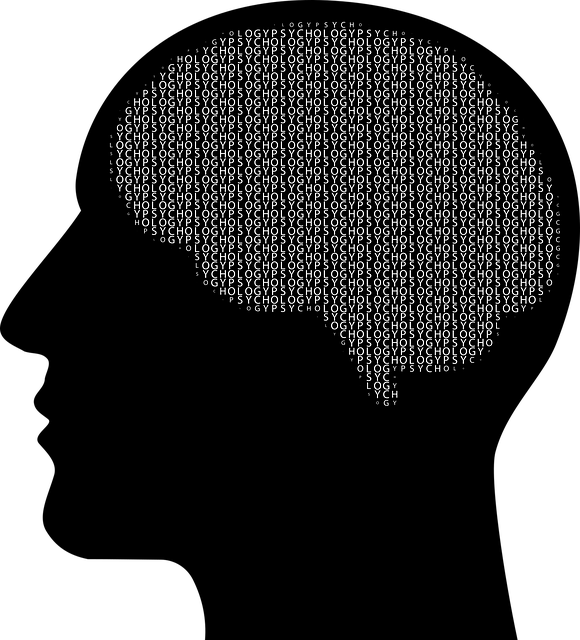Therapy for Young Adults Dissociative Disorder: Strategies for Long-Term Mental Wellness
Dissociative Disorder in young adults is a complex mental health issue often overlooked, characteriz…….
In the complex landscape of mental health treatment, Therapy for Young Adults Dissociative Disorder (TYAD) stands as a specialized approach designed to address a unique set of challenges faced by adolescents and young adults suffering from dissociative disorders. This comprehensive article aims to explore every facet of TYAD, offering insights into its definition, historical evolution, global impact, economic considerations, technological advancements, policy frameworks, and the critical role it plays in enhancing the lives of affected individuals. Through a detailed analysis and real-world examples, we will uncover the significance of this therapeutic modality and its potential to shape the future of mental healthcare.
Definition:
Therapy for Young Adults Dissociative Disorder is a specialized form of psychotherapy tailored to meet the unique needs of young adults (typically aged 18-35) diagnosed with dissociative identity disorder (DID) or other dissociative disorders. DID, characterized by the presence of two or more distinct identities or personality states, forms the core focus of this therapy type. The primary goal is to help individuals regain a sense of control over their experiences and emotions, manage symptoms, and enhance overall functioning.
Core Components:
Historical Context:
The concept of dissociative disorders has evolved over time, with early descriptions dating back to the late 19th century. However, significant progress emerged in the mid-20th century when scientists and clinicians began to understand the complexities of DID. The development of TYAD as a specialized treatment approach gained momentum in the 1980s and 1990s with the recognition that young adults’ unique psychological and social factors influenced the presentation and management of dissociative disorders.
TYAD has garnered international attention, with countries worldwide adopting its principles to address the growing prevalence of dissociative disorders among youth. Here’s a global snapshot:
| Region | Trends and Observations |
|---|---|
| North America | The United States and Canada have seen a rise in TYAD availability, driven by increased awareness and specialized training for mental health professionals. Research suggests higher success rates in treating DID among younger populations. |
| Europe | European countries like the UK and Germany are integrating TYAD into their national healthcare systems, recognizing its effectiveness. Cultural adaptations of treatment protocols are being explored to cater to diverse patient backgrounds. |
| Asia-Pacific | Growing interest in TYAD is evident in Japan, Australia, and New Zealand, where cultural sensitivity and community engagement in mental health are prioritized. |
| Middle East and Africa | With limited resources but increasing awareness, some countries in these regions are adopting TYAD models adapted to their specific cultural contexts. |
The economic implications of TYAD are multifaceted, impacting both healthcare systems and individuals’ financial well-being:
Technology has played a pivotal role in enhancing TYAD, offering innovative tools and platforms:
The regulatory landscape surrounding TYAD varies globally, but several key frameworks shape its practice:
Despite its potential benefits, TYAD faces several challenges:
Proposed Solutions:
Case Study 1: Sarah’s Journey to Integration
Sarah, a 23-year-old woman with DID, embarked on TYAD after years of struggling with disassociative episodes and fragmented memories. Through a comprehensive approach, her therapy included trauma-focused EMDR sessions, identity exploration workshops, and family involvement. Over 18 months, Sarah successfully integrated her multiple identities, improved her emotional regulation skills, and regained control over her life. This transformation allowed her to pursue her passion for art, leading to a successful career as a painter.
Case Study 2: Jason’s Path to Self-Discovery
Jason, a 28-year-old man, was diagnosed with DID at 19 after experiencing severe dissociative episodes. His TYAD journey involved individual therapy sessions and group support meetings. With time, he learned to recognize his triggers, manage his symptoms, and develop coping strategies. The integration of his various identity states led to improved self-confidence and relationships. Jason’s positive outcome inspired him to volunteer at a local mental health advocacy group, sharing his story to help others.
The future of TYAD holds immense potential, with several emerging trends shaping its evolution:
Therapy for Young Adults Dissociative Disorder represents a specialized yet powerful approach to addressing the unique challenges faced by young adults with dissociative disorders. By providing targeted interventions, empowering individuals, and fostering integration, TYAD has demonstrated its effectiveness globally. As we navigate the future, continued investment in research, training, and policy development will be crucial to expanding access, improving outcomes, and ensuring the long-term success of this transformative therapy.
Q: What are the signs that indicate a young adult might need TYAD?
A: Signs can include persistent feelings of dissociation, fragmented memories, identity confusion, frequent mood swings, or difficulty regulating emotions. Recurrent nightmares or flashbacks related to past traumas are also indicators.
Q: How does TYAD differ from other forms of psychotherapy?
A: TYAD focuses specifically on dissociative disorders, employing trauma-focused and identity-based techniques tailored to the unique needs of young adults with DID. It differs from general therapy in its specialized approach and comprehensive range of interventions.
Q: Is TYAD covered by health insurance?
A: Coverage varies. Many healthcare systems are expanding mental health benefits, but it’s essential to check with your specific provider. Some plans may require pre-authorization or out-of-pocket expenses for specialized services like TYAD.
Q: Can TYAD be done remotely through telehealth?
A: Yes, many therapists offer TYAD sessions via telehealth platforms, making treatment accessible to individuals in remote areas or those with limited mobility. However, in-person therapy remains beneficial for building a strong therapeutic alliance.
Q: What are the potential risks of TYAD?
A: When delivered by trained professionals, TYAD is generally considered safe and effective. However, as with any therapy, there may be temporary discomfort during traumatic memory processing or identity exploration. Long-term risks are minimal, and benefits often outweigh potential challenges.

Dissociative Disorder in young adults is a complex mental health issue often overlooked, characteriz…….